Something increasingly more prevalent in the sports industry is the need to keep up to date with the latest technological advancements - with perhaps the most onus given to the sports website.
Fighting the battle to drive user engagement on the sport website
The website is such an essential part of a sports club, team or association’s brand awareness; providing the platform for organisations to promote and market themselves.
And given the versatility of the industry, the website will often cater to a multitude of different audiences.
So whether it’s a fan trying to connect with their team, a participant looking for more informational content or a general user whose interest has been piqued elsewhere – the website needs to inform and entertain.
This blog provides some tips on how sports organisations can keep the user entertained on the website, via features and tech integrations that will elevate their offering above that of their competitors.
Why should technology be embraced on your sport website?
Technology has transformed and continues to transform the sports industry.
It’s opening up unprecedented opportunities for growth and playing a larger role than ever with the engagement of sports fans worldwide.
It has significantly broadened content reach, allowing sport organisations to leverage digital media to provide an innovative experience across digital devices.
And this is important because fans are no longer interested in the game alone, but instead crave an all encompassing experience befitting of the ticket price.
So with the importance of leveraging new tech clear to see, how can this be harnessed on the website?
Think ‘outside the box’ in terms of how to display content
Creating quality content is essential to the success of your sports website.
Not only does this content need to be relevant, up-to-date and written legibly so that it’s clear and concise – but an array of multimedia elements can be introduced to make this content more aesthetically pleasing to enhance its impact.
Multimedia elements can include standard image and video content, as well as elements such as charts, infographics and audio content like podcasts.
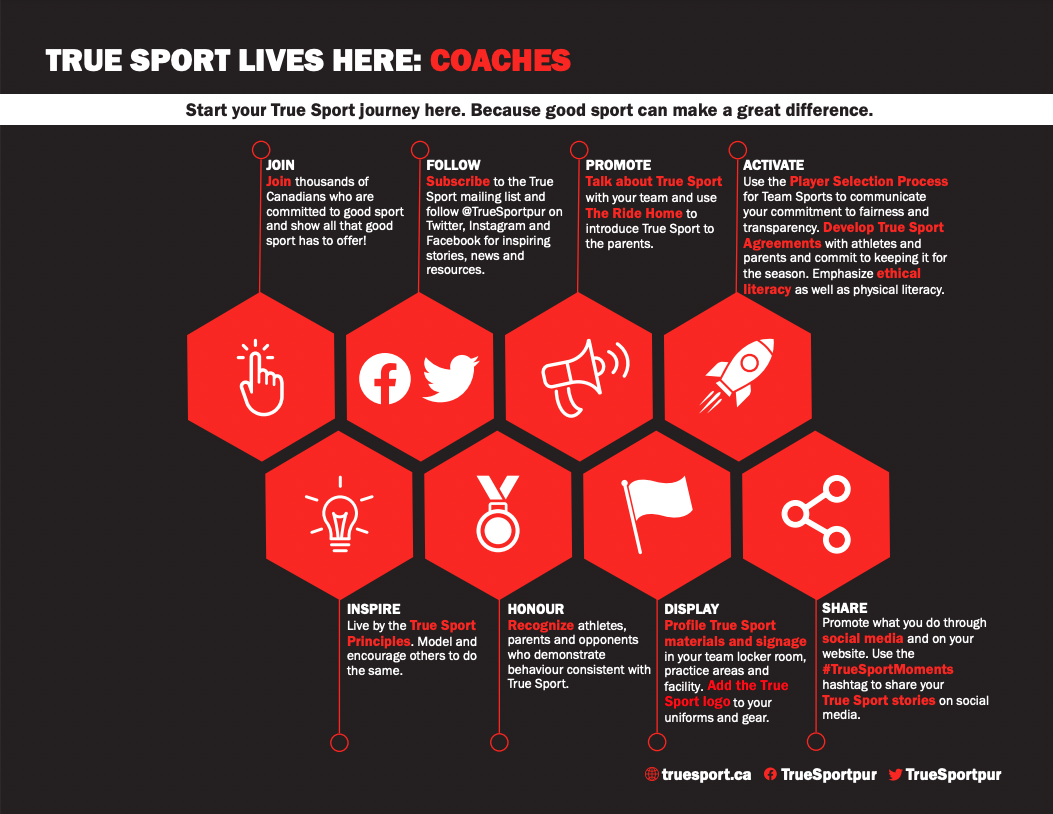
This example on the True Sport website combines versatile icons and text content within a strong branded infographic to highlight key content on their offering.
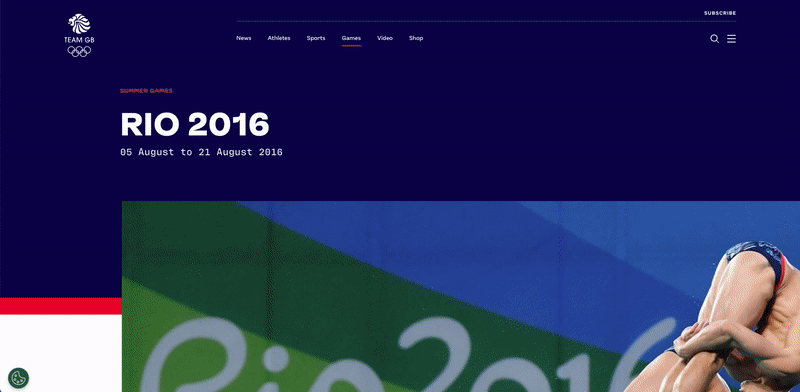
Team GB also offers another great example, combining multiple different media types such as interactive infographic-esque stat tables, image galleries and video to support text content.
Keep your head in the game, offer live feeds on your sport website
The beauty of sports is that they are unpredictable.
Sometimes the underdog’s prove us wrong, as evidenced by Gary Lineker’s vow to present Match of the Day in his pants should Leicester City win the Premier League in 2016.
It’s this unpredictability that makes sports so thrilling.
Live video feeds give users the facility to easily find and watch live sporting events from the comfort of wherever they are (providing they have an internet connection).

The LTA (Lawn Tennis Association) have a dedicated page within their aptly named Fan Zone which provides all available live streams for active events and tournaments.
Whereas other websites may include links to live streams within fixture information or event calendars, again for ease of access for their users.
But should a fan be unable to attend a sporting event in person, or stream live video coverage, you can still keep the community engaged by including live commentary such as scores, blogs etc on the website.
A robust, reliable and dynamic element on the website providing live scores, social commentary and stats will offer the accessibility for your community, to help keep their head in the game.
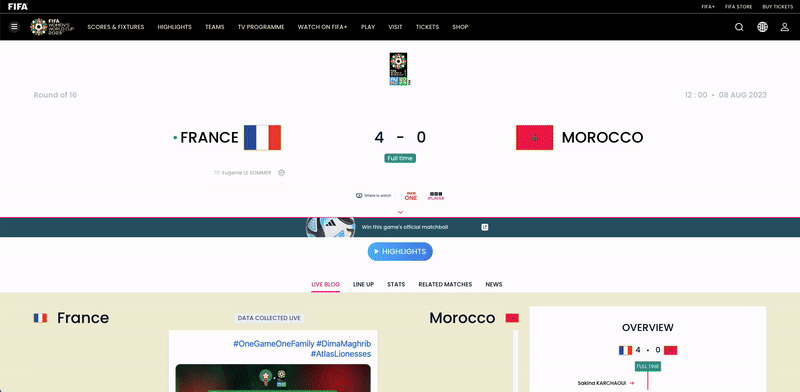
The FIFA Women’s World Cup website includes a culmination of live stats, with a short, succinct Overview as shown on the right, alongside more comprehensive live coverage that includes social commentary, images and social media integrations.
Social Media Integrations
Whilst social media and websites are two different marketing channels, there are many benefits of embedding a social media feed on your website.
Not only are you aggregating the power that each social media platform has, but cross channelising traffic between these platforms can lead to an increase in brand awareness and audience reach.
There’s also a huge opportunity to tailor these feeds to target specific audiences such as branded social feeds that very simply showcases your brand / organisation’s social channels, as shown on the Ferarri Formula1 website.
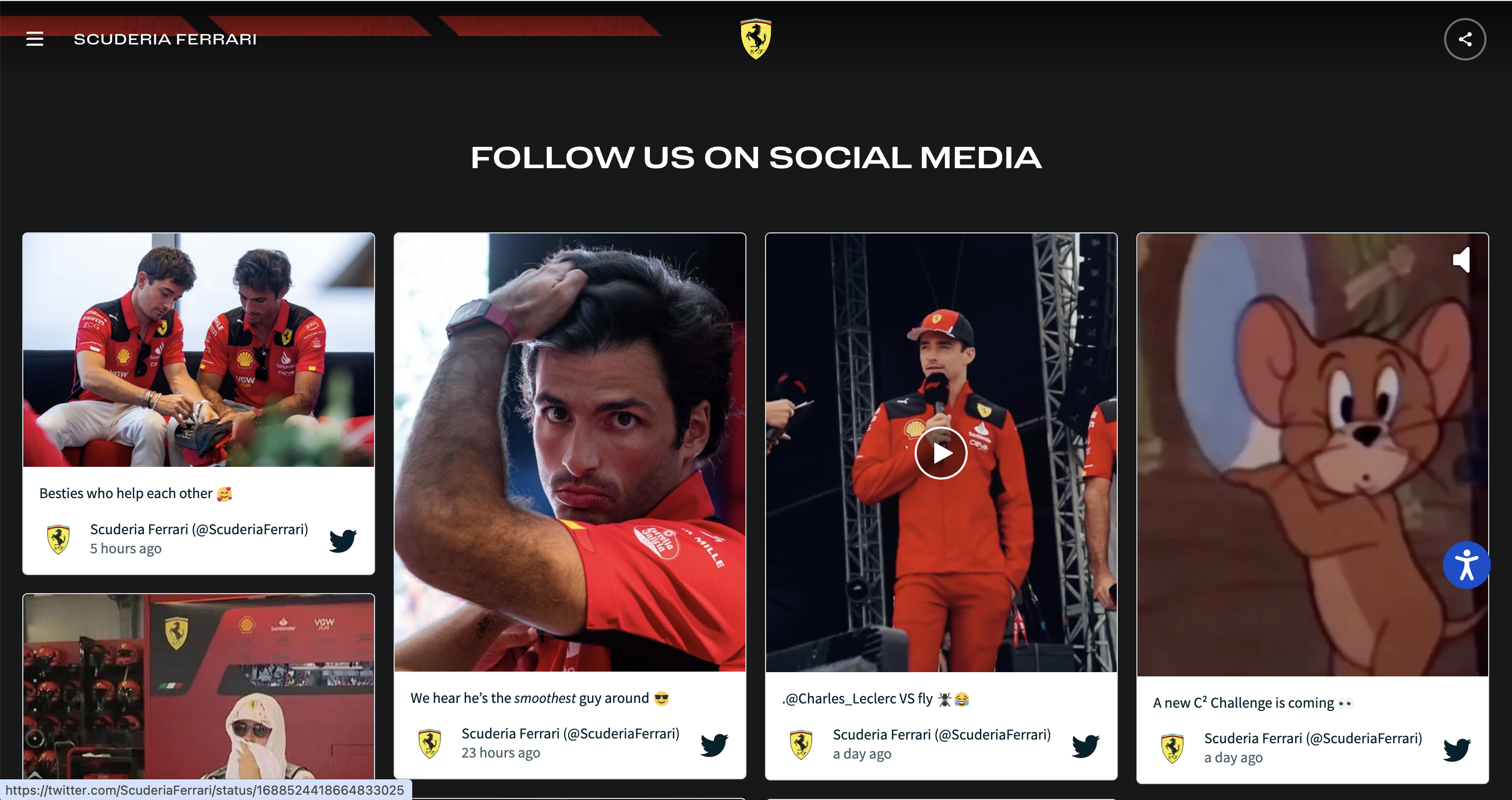
On the other hand, user-generated social feeds, such a Novak Djokovic’s NOLEFAM website section pulls through mentions of his Twitter (X) handle, @DjokerNole and specific hashtags to populate the social feed.
This demonstrates that the API’s provided by each social platform, that powers the social feeds, can be manipulated according to your requirements.
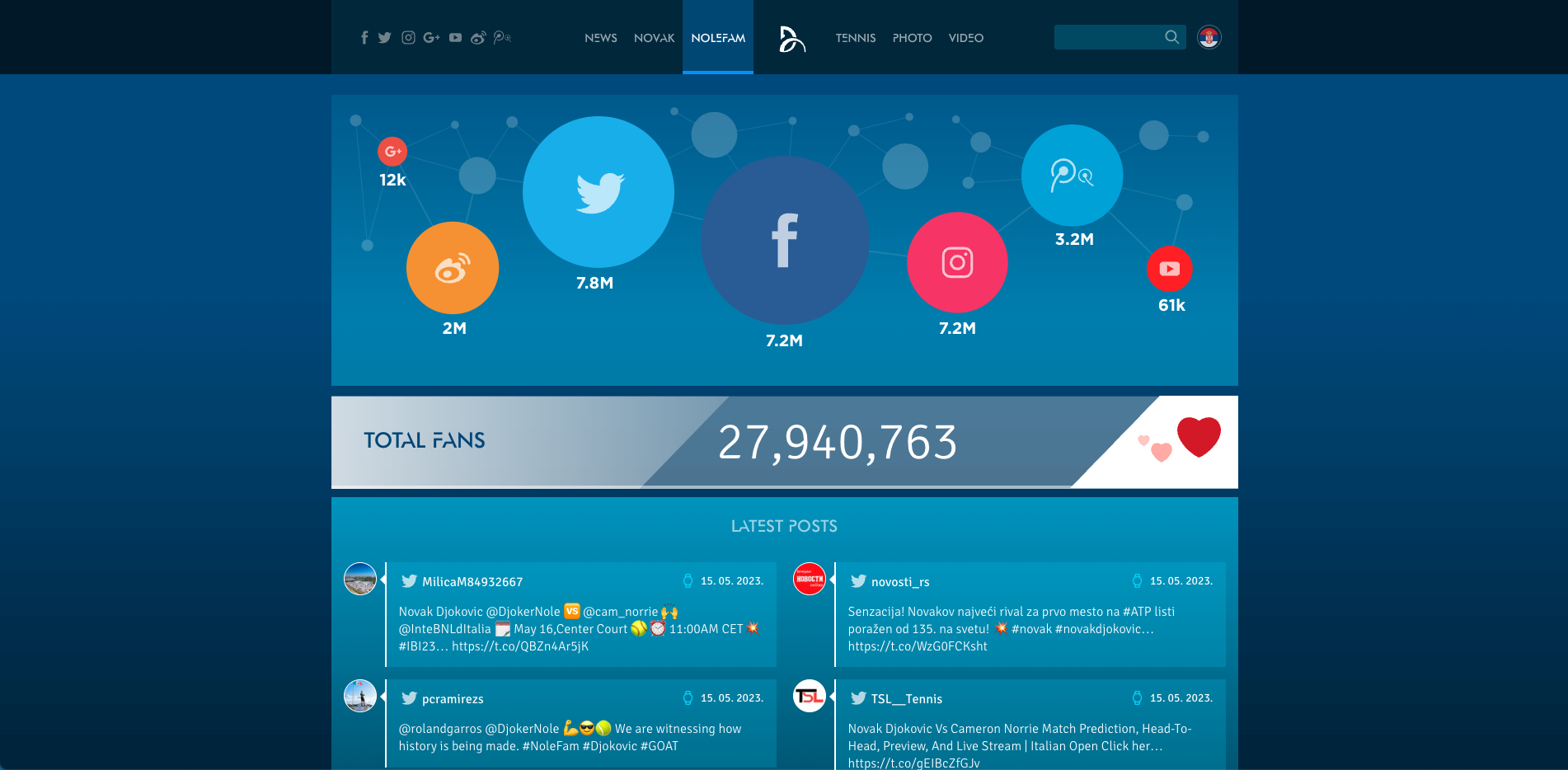
Personalisation
The process of personalisation really lends itself to improving the user-experience, by providing a bespoke, tailored experience that allows organisations to connect on a much deeper level with their community.
ESPN were pioneers of personalisation features in 2016 which allowed website visitors to select their favourite clubs and tailor site navigation so that latest news, features and results for their chosen teams were readily available.
But perhaps one of the most powerful modern-day examples of great personalisation can be found on the Wolves website, with their custom highlights feature.
Fans can select a number of metrics, such as; Matches, Stats, Players and Timeline to see bespoke statistics and video highlights that match their selected parameters.
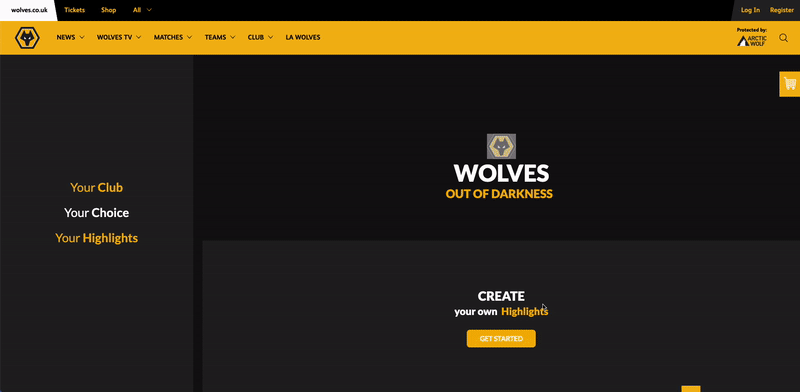
Merchandise stores
Having access to a facility to buy merchandise on your website is a great way to make products and services accessible to your various different audiences, as well as generating revenue for your organisation.
For many sports websites, merch stores are often clearly signposted on prominent areas of the website, however they tend to redirect to an ecommerce platform, albeit styled according to the main brand.
Redirecting to a separate ecommerce platform such as WooCommerce or Shopify ensures that the user-experience switches gears so that it’s more adept for online purchasing, with navigation, product filters and a basket and favourites function for a smooth purchasing journey.
The Arsenal FC online shop is a great example of an efficient online store, with clear navigation, design consistency with the core brand as well as integrations with payment gateways such as Paypal, ApplePay and GooglePay to name a few.
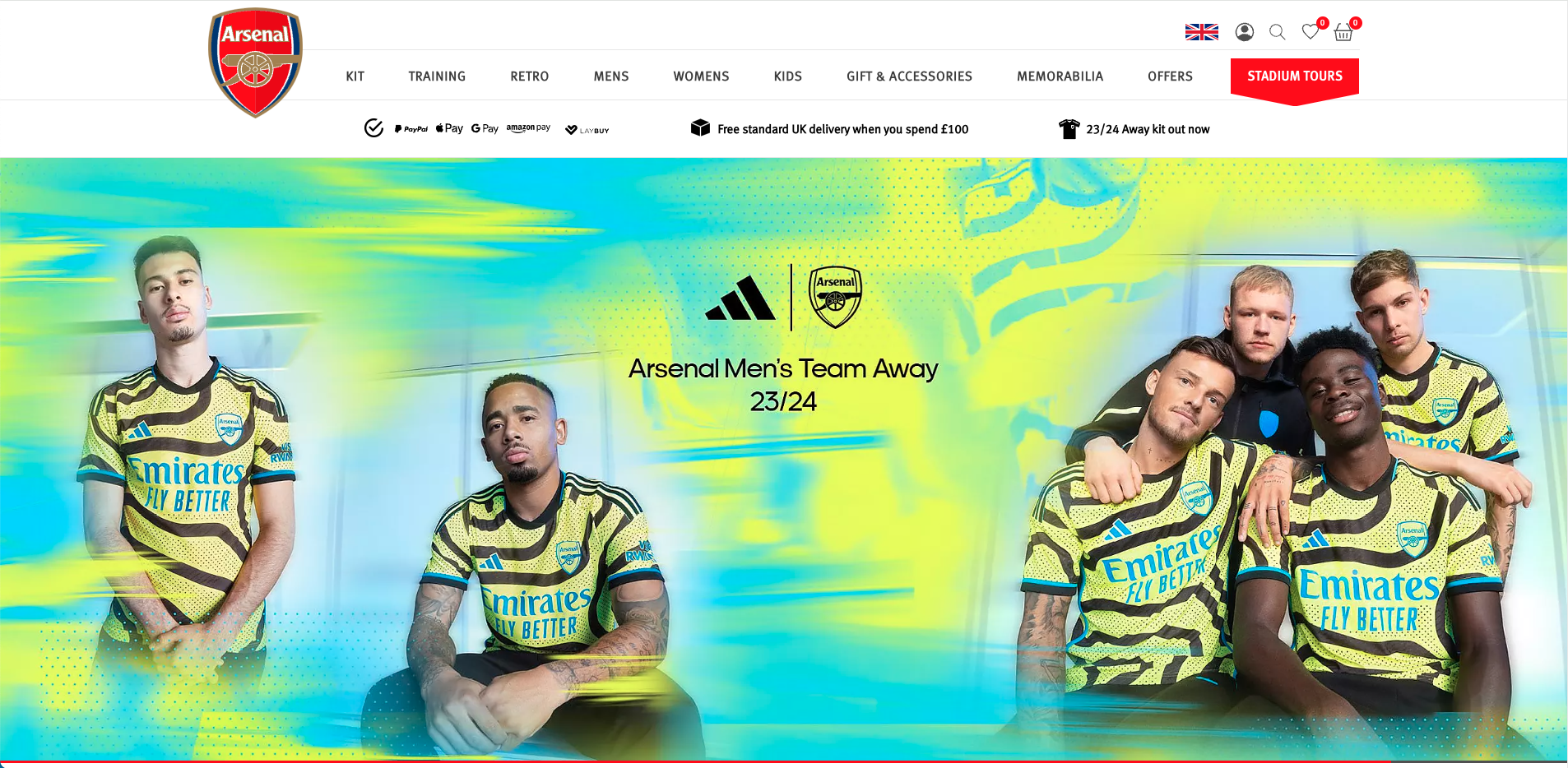
Ticket Purchases
Online ticket scams are on the rise and as such, many fans will often do their research into the most reputable platforms when making ticket purchase decisions.
But given that you have already built brand trust, why not offer a ticket purchase facility on your website?
Wrexham F.C. do just that, using Ticketmaster to power their online ticketing facility which integrates seamlessly within their website for a streamlined ticket purchase experience.
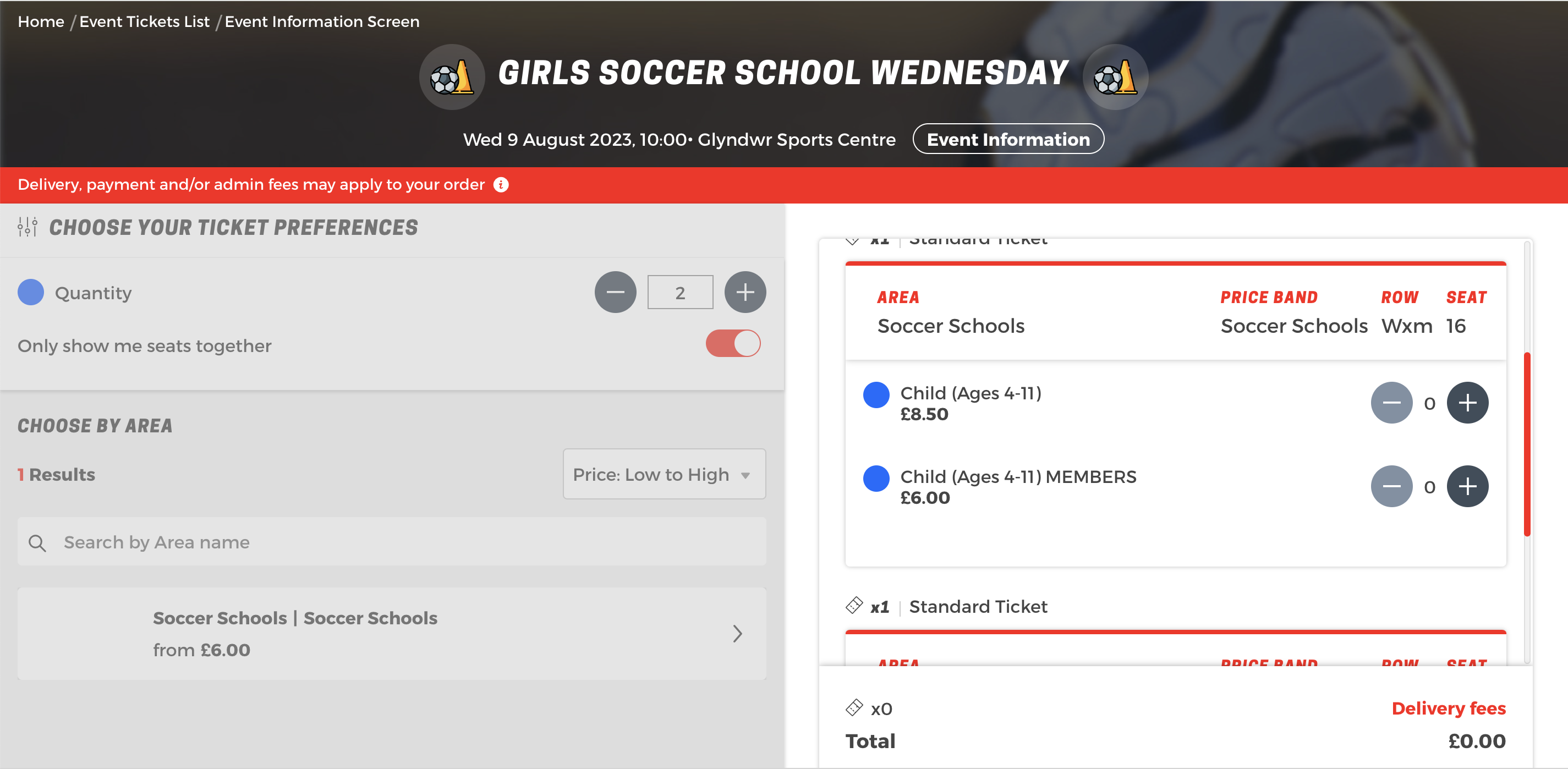
Or you can direct off to an external dedicated website for fans to purchase tickets such as SecuTix as used by England Netball.
Club lookups
Sometimes for the fans, it’s not just a spectator sport, but instead they want to be part of the action too.
A Club Finder, or lookup feature, is therefore a great tool to have on the website to provide information on the accessibility of the sport.
England Netball have a great comprehensive example of this feature on their website with NETBALL FINDER.
The user selects either Play, Club or Course and then inputs their postcode to search for relevant content.
Once search results are returned, an intuitive filter and compare function is made available to the user, for them to efficiently find the information they need.
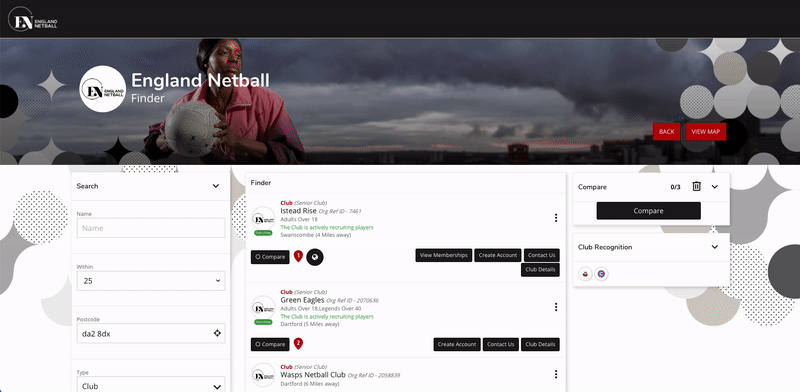
Our takeaways
Digital transformation in the sports industry really is a whole new ball game.
The opportunities that new technologies present to sports organisations is vast, with features that offer the potential to drive engagement for a more personalised, slick and innovative approach.
Strategically leveraging these technological advancements will ensure that the website is catering for the new demographic of sport aficionados, providing that all-encompassing community experience and connections that these supporters crave.
Experiences that have the potential to not only broaden, but also strengthen relationships with fans, keeping them engaged in the action, regardless of where they are.
